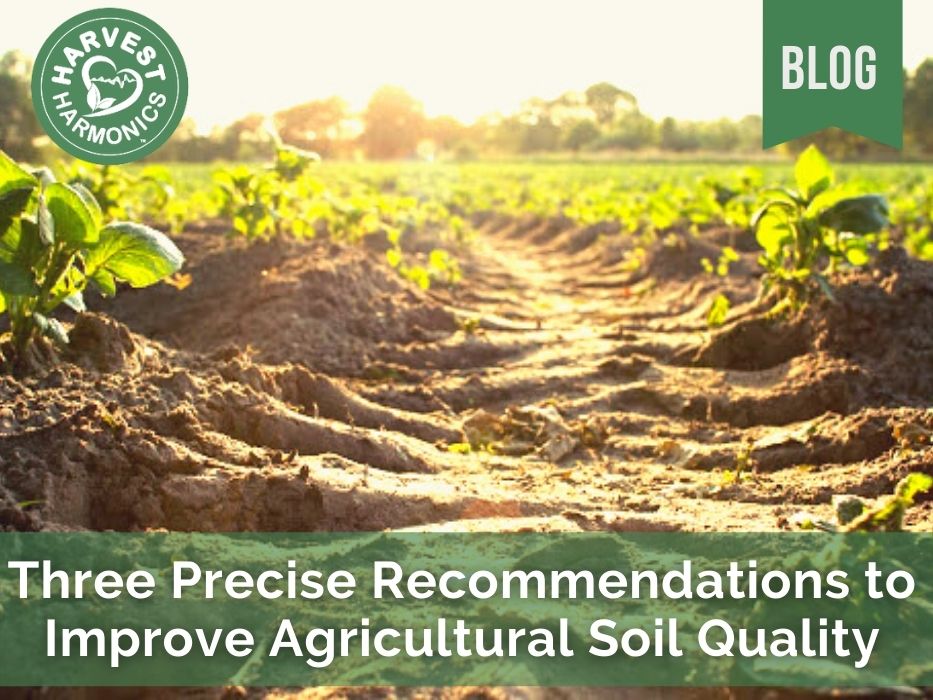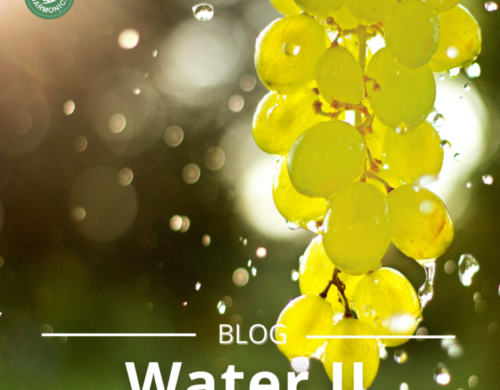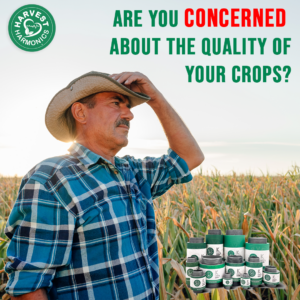Three Precise Recommendations to Improve Agricultural Soil Quality

Soils are the source of food, which sustains life on Earth. As we can see, they play a very important role in global agricultural production. For this reason, every year efforts are made to improve its quality; because a healthy soil is the crucial ally of optimal productions.
Farmland must:
1. Possess all the nutrients necessary for plant growth.
2. Provide support to keep them firm during their development.
3. Ensure enough air and water for the roots.
4. Have good drainage to avoid excess fluid.
As the cultivation capacity will depend on the quality of the agricultural land, we want to share with you ways to improve it on your farm.
If each farmer regenerates his soils, he contributes in turn to a global improvement and to guarantee the availability of food for all.
Ways to improve soil quality on your farm:
1. Add compost to the soil
Compost is an organic fertilizer that releases nutrients to the soil slowly. This constant release nourishes it and improves its quality. The advantage of compost is that to prepare it you can use a wide variety of recycled organic waste, for which you do not have to invest money.
Tip:
Beware of organic waste of animal origin. Dog or cat droppings can introduce parasites and infections to your compost. Avoid them! Better mix dry leaves, branches, pieces of wood, shredded newspaper, vegetable residues or herbs.
Organic compost waste you can use:
· Fruits
· Vegetables
· Eggshells
· Rice and noodles
· Grass remains
· Oil and vinegar
2. Use cover plants
Some plants provide food, others provide shade; however, cover plants do both. They cover, protect and feed the soil to prepare it for future harvests. Using them is an excellent way to improve the quality of agricultural soil.
The first thing you have to do is identify the land on your farm that is deteriorated and needs care. Plant these plants to increase fertility. Its roots will open the earth channels through which water and oxygen will enter the surface. It is beneficial to plant plants from different families to increase the effectiveness of this process.
Tip:
Divide your harvest space in two, one for food production and the other to work with the increase in soil fertility. After a year, swap the spaces, so that the soil that was used for cultivation can be restored.
3. Incorporate plants with deep roots
One of the most influential scientists in history, Charles Darwin, once wrote:
“The roots are like the brains of plants; they feel the environment, they perceive the water and where there are more nutrients and they look for these resources. The roots are the smartest part of the plant.
The deeper these “brains” go, the easier it is for them to reach nutrients underground and transport them out. Planting deep-rooted plants is an efficient way to supply nutrients without investing in fertilizers.
Tip:
Every plant on your farm is a vitamin for your soil. When you clean or prune your land, you are extracting vitamins from it. Sow them again or use them as compost to increase fertility. You need to extract as much minerals to the surface to improve the quality of the agricultural land. Only your plants can do it with their roots.
By Arantza Castro
Press Room

Agricultural Technology for Farmers in India
Harvest HarmonicsTM New Biophysics Agricultural Technology For Farmers In India The Agricultural Biophysics technology, 20…
1

Organic Earth Tech, OETI, Launches One Million Dollar Technology
After hurricanes Maria and Irma, Puertorrican farmers are yet to receive the needed aid to recover. Organic Earth Tech…
0

Produce More From Less
CEO Harvest Harmonics Frank Arlia speaking at Replenish. Earth interview by Tia Kansara – London Climate Action Week. How…
0

Replenish Earth and the Environmental RE Talk Series
Replenish Earth and the environmental RE Talk Series event that reunited the top thinkers in the world Harvest Harmonics…
1
Related Posts
2024 India Just Agriculture Frank’s presentation
https://www.youtube.com/watch?v=g_4vdtXBVsA&ab_channel=HarvestHarmonics The Crop Booster by Kyminasi Plants consists of...


